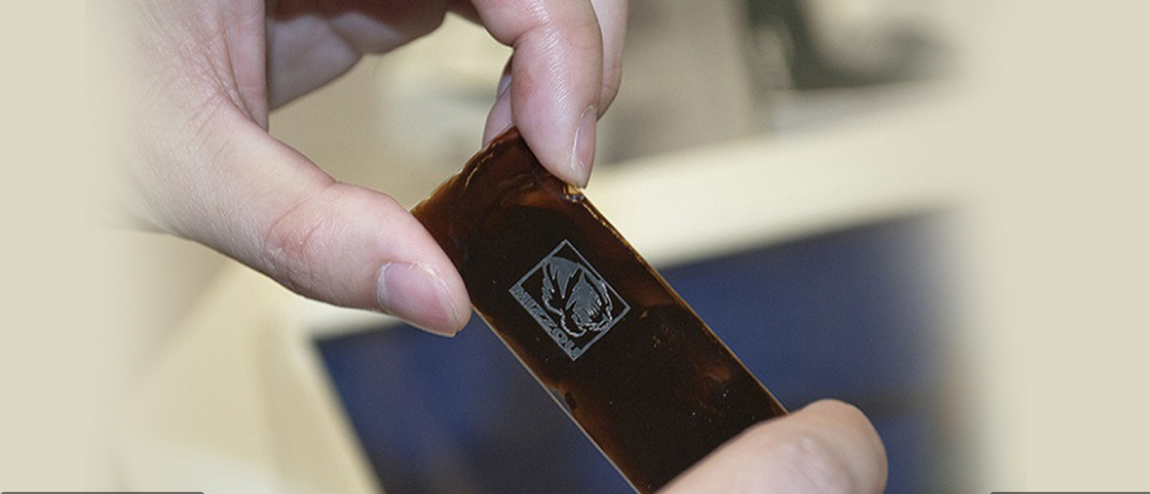
As electronics shrink in size, their energy sources have to fit into tighter, and sometimes more oddly-shaped, spaces. Researchers at the University of Missouri had this challenge in mind when they developed a method of transferring an energy source to virtually any shape using direct laser writing (DLW).

Jian Lin, an assistant professor in the Department of Mechanical and Aerospace Engineering in the MU College of Engineering, and his team worked to adapt the DLW method to synthesize and pattern fuel sources into complex geometric shapes. Using computer-controlled laser writing that uses higher heat and pressure, the scientists were able to produce a surface that could conduct energy and also has catalytic functionalities.
“This is the first step in manufacturing micro fuel cells that convert chemical energy into electrical energy and batteries that can integrate into microcircuits” said Lin.
“By honing the process, handheld device and smartphone manufacturers will be able to produce components in whatever shape or size they choose. Also, manufacturers will be able to choose more environmentally friendly catalysts for generating energy such as hydrogen or oxygen. The possibilities will be endless.”